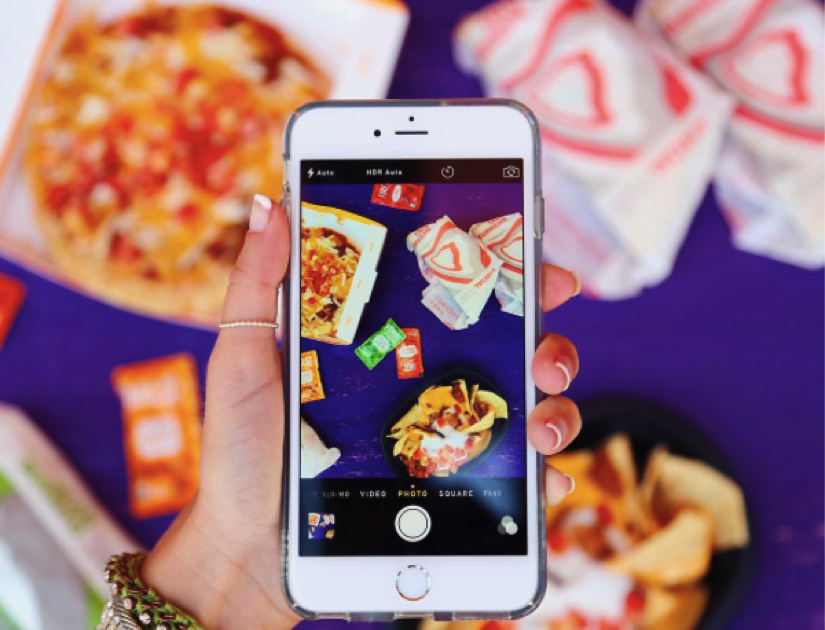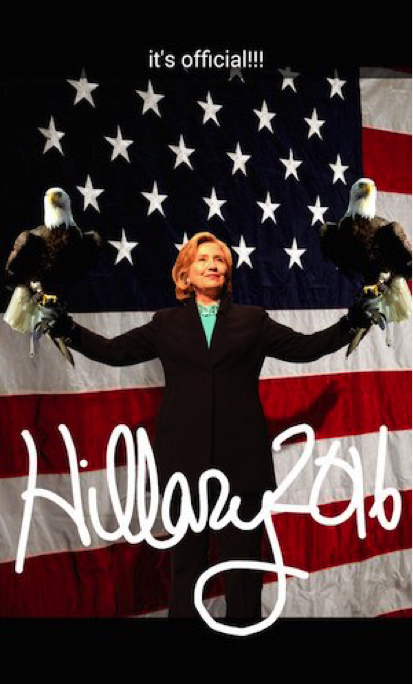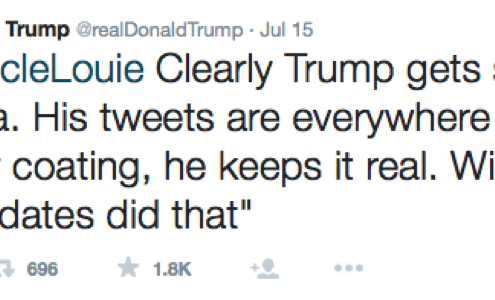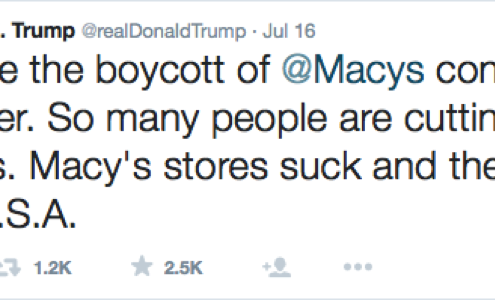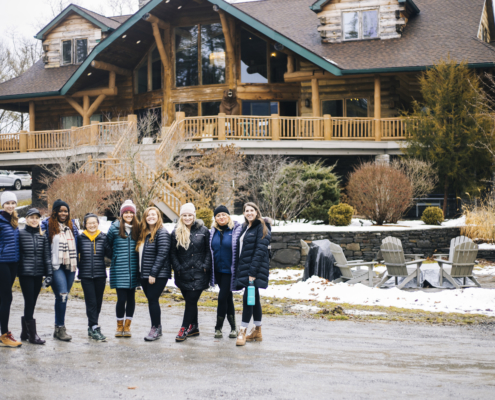As brands continue to compete for users’ attention on social media, the space is getting more and more crowded, and social platforms have become increasingly selective as to what content they will serve up to their users.
One way to jump in front of the line is to go the route of paid social. In most platforms, there are multiple ways to get exposure. Today, we’re highlighting the differences of “boosting” or “sponsoring” organic content versus a straight-up paid social ad.
What’s the difference between a “boosted post” and paid advertising?
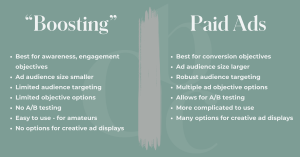
The term for “boosting” will vary by platform. For example, Facebook calls it “boosting” a post, whereas LinkedIn calls it “sponsoring” a post. There’s really no difference in how it works. Simply put, “boosting” or “sponsoring” ensures more people will see the post by putting a little money behind it. What many people don’t realize is that simply posting on your channels does not guarantee your followers will see it in their feed. Boosting a post does.
Boosting takes an organic post (no money behind it) that you have created, hopefully with excellent, tailored content created by you or your team, and increases the chances that your audience (and the people you promote it to) see it by paying for that privilege.
Boosted posts are easier to manage than paid ads, as they are typically a one-off post and aren’t normally part of a larger campaign. Content you may boost include a timely blog post, press release or media mention.
The drawback? Your options for audience targeting, scheduling, budgeting, and ad formats are limited. For example, boosted posts only allow you to promote the post as it organically appears on your page, whereas advertisements allow you to use formats such as carousels, or collection ads for ecommerce.
Paid Social Advertising
Paid Advertising is a larger beast to tame. As opposed to simply putting money behind a post already in your feed, these are ads created specifically for an ad objective. As such, paid ads are part of a larger campaign with multiple copy and graphic/video variations for testing. Think of these as fractional print ads that at one point you may have run in a magazine (although, it’s important to note that paid ads can be much more than a static image with some copy.)
Paid ads are best when pushing a set goal or objective. These have a strong call-to-action (CTA) and are about getting an audience to click through to your website or landing page. Paid ads are typically one of the first layers in an integrated sales funnel.
Some instances where you may want to consider running an ad campaign instead of a simple “boost” include:
- Highlighting a promotional offer or a direct eCommerce push.
- Drive registrants, downloads or leads
- Promoting a product or service with a long decision timeline (so that we can continue to nurture them by retargeting users through other ads)
Boosting Social Posts: Best Practices
A great boosted post should feel natural in users’ feeds. If they aren’t paying close attention, they won’t know it’s an ad. Here are a few tips for getting it right:
- Start by boosting content that is already performing well organically. This is a good indicator of what will work well on a larger scale.
- The content should focus on engagement or awareness to widen your social media following. Content where you’re calling for leads, sign-ups, or purchase are typically best served in a traditional ad campaign.
- Don’t spend a fortune. Spend a small amount, like $10-25. See how it performs and scale from there.
- Be careful! With most of these platforms, once you take an organic post and promote it, you cannot modify it. Double-check that the copy provided is suitable to push to the masses.
Social Media Advertising: Best Practices
Besides boosting organic content, most social platforms have multiple ways to advertise – everything from display ads and retargeting to direct messaging. These are generally more expensive and rely on an ROI-centric objective.
With paid ads, you can run variations of a single ad and test each to see which copy, image, and call-to-action (or combination thereof) work best. Paid ads also allow for retargeting and offer the opportunity to experiment with multiple ad formats such as display, text, video, etc. On some platforms, an ad campaign provides more granular targeting options.
If you’re new to social media advertising, here are some of our best tips:
- Keep the copy short and sweet. Users may not be familiar with your brand quite yet, making their attention span for your content even shorter.
- Run multiple variations of your ads. Test different headlines, body copy, calls-to-action, graphics, images and videos. Unlike print or TV, digital ad buys can be turned on, up or off in midstream. Once you’ve gotten some results, narrow your ad set down to the best performers and put money behind these.
- Leverage both graphics and video for best results. While video is favored by many platforms and consumers, it’s still worth testing both.
- Be thoughtful and clear on your objective. Social media platforms design their ad algorithms to place your content in front of users likely to take a specific action. Selecting the wrong objective, like selecting a video views objective when your end goal is really to get people to visit your site, will lead to disappointing results.
- Install the social media platform’s pixel on your site, where applicable. Not only do these pixels provide you with conversion data, you can also use them to create remarketing lists to fine-tune your social marketing efforts.
Ultimately, whether you choose to boost a post or run an advertising campaign depends on your goals. If you are trying to build brand awareness or drive engagement on a particular post, sticking with boosted posts would be advised. If you’re looking to drive conversions, then paid ads are your best solution.
Need help? Get in touch.

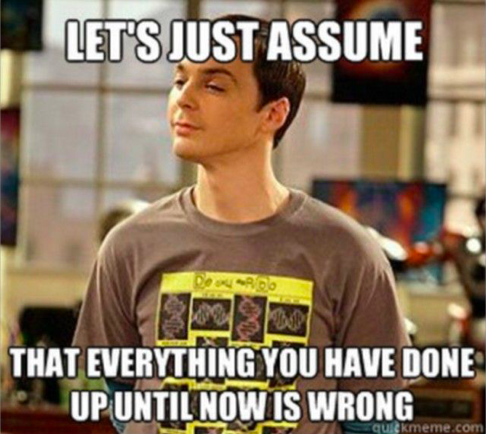
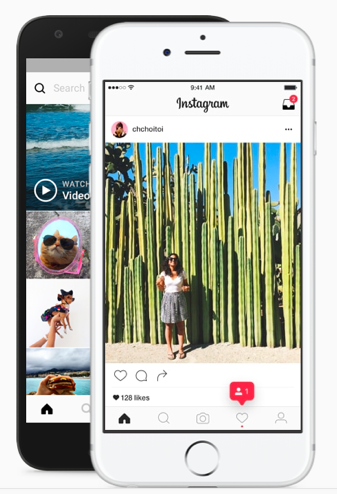

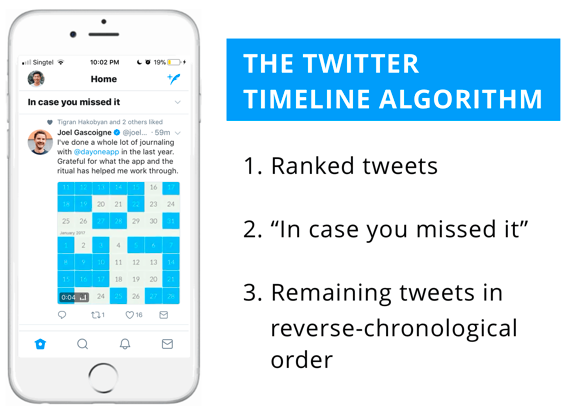




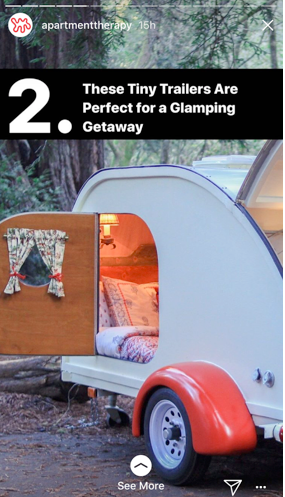
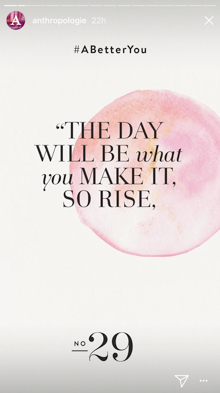



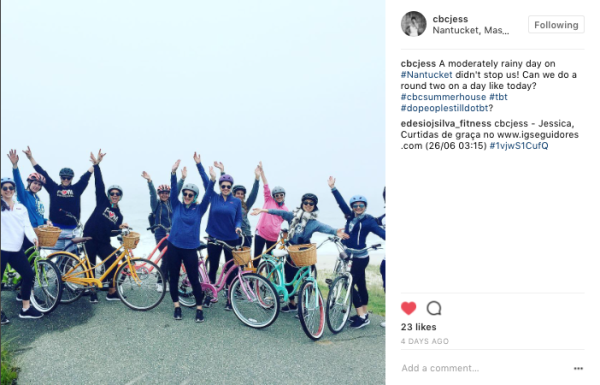

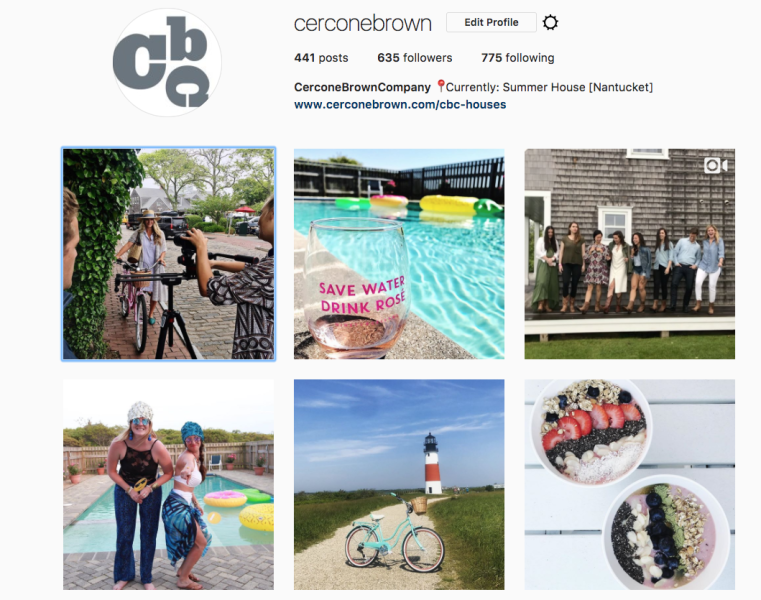







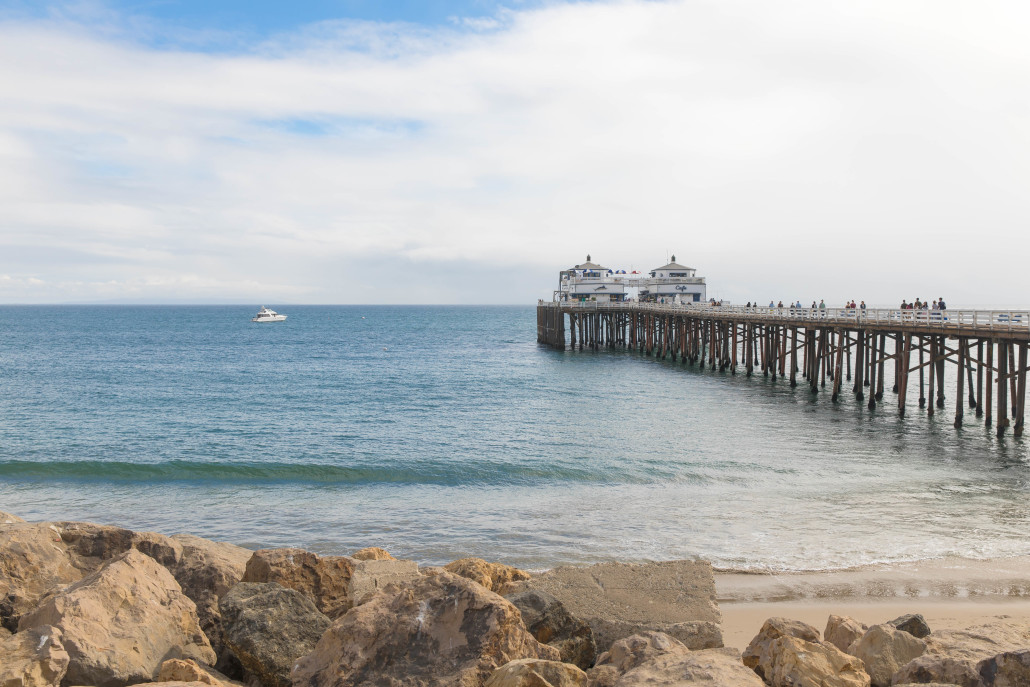



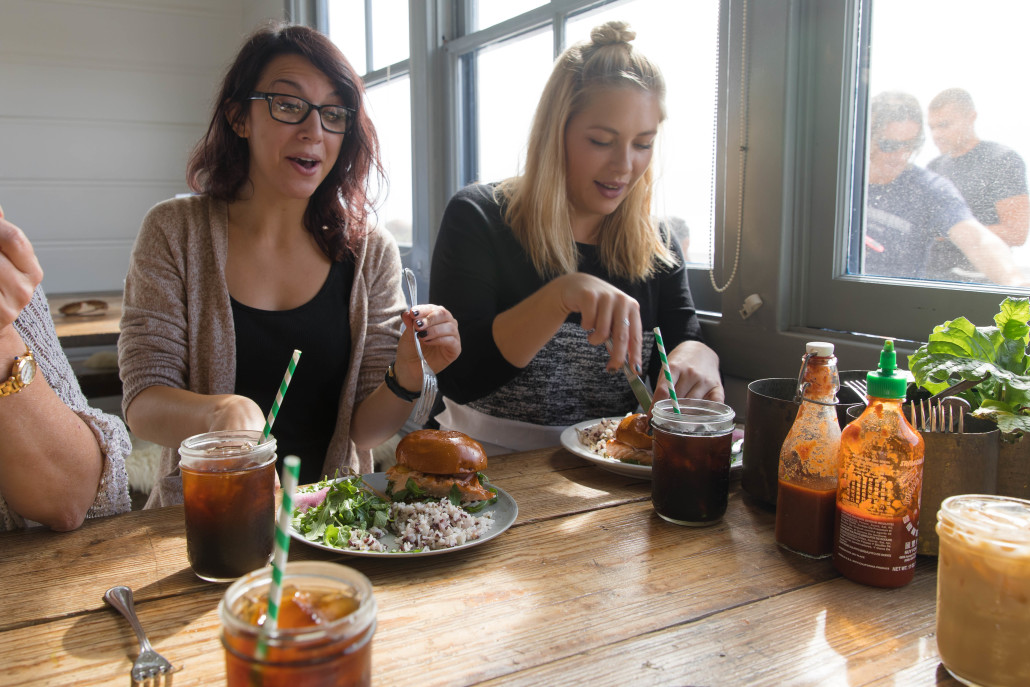


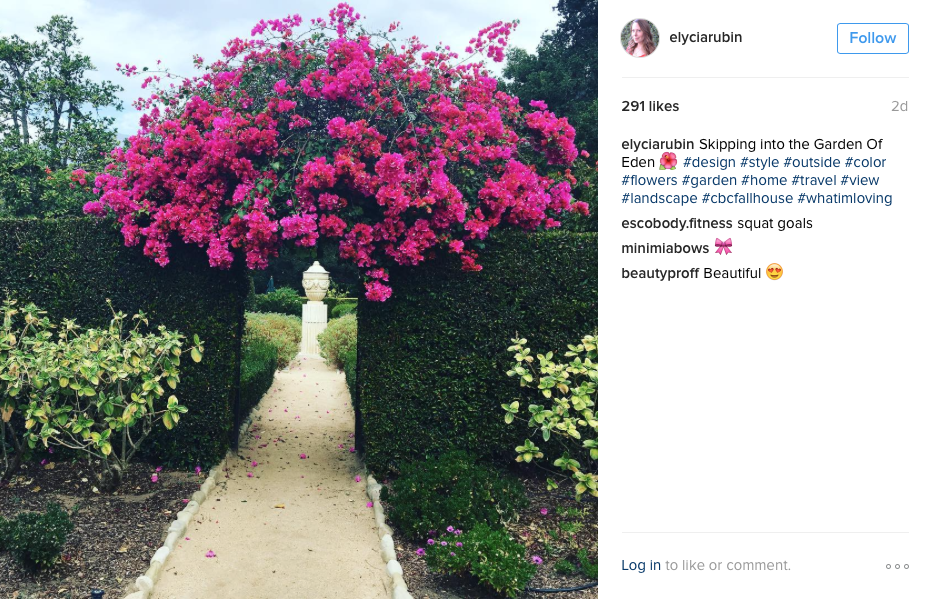
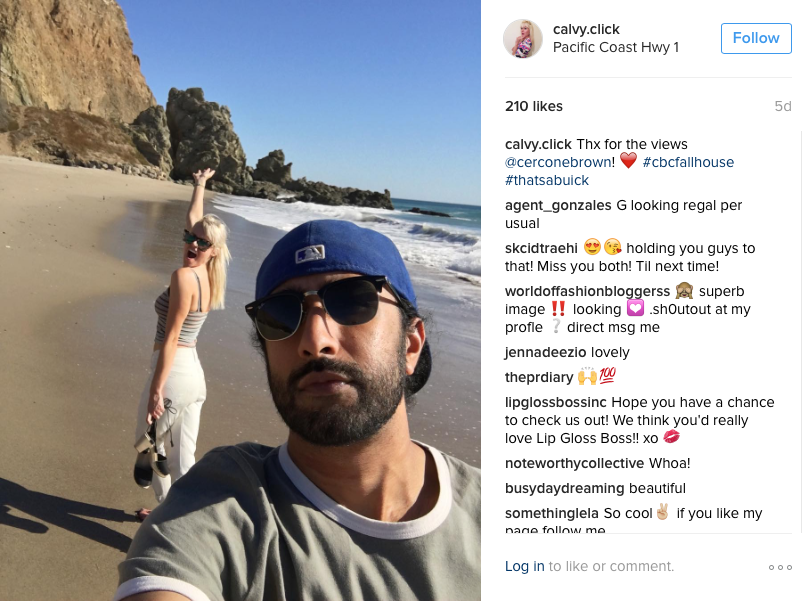
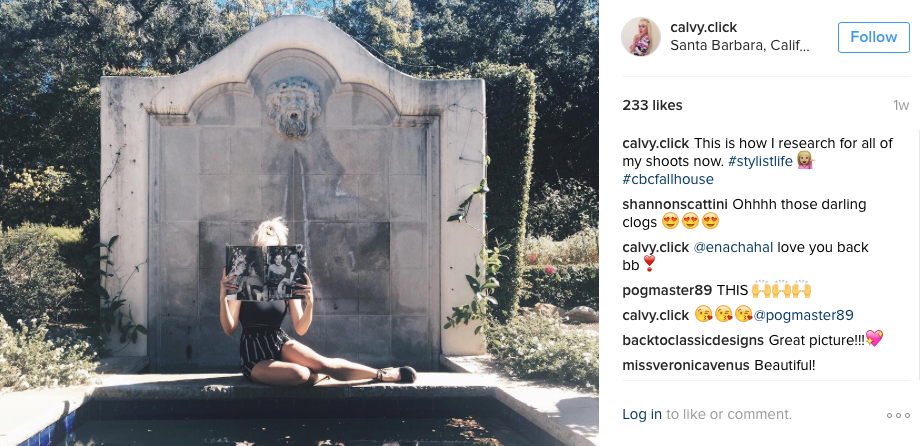
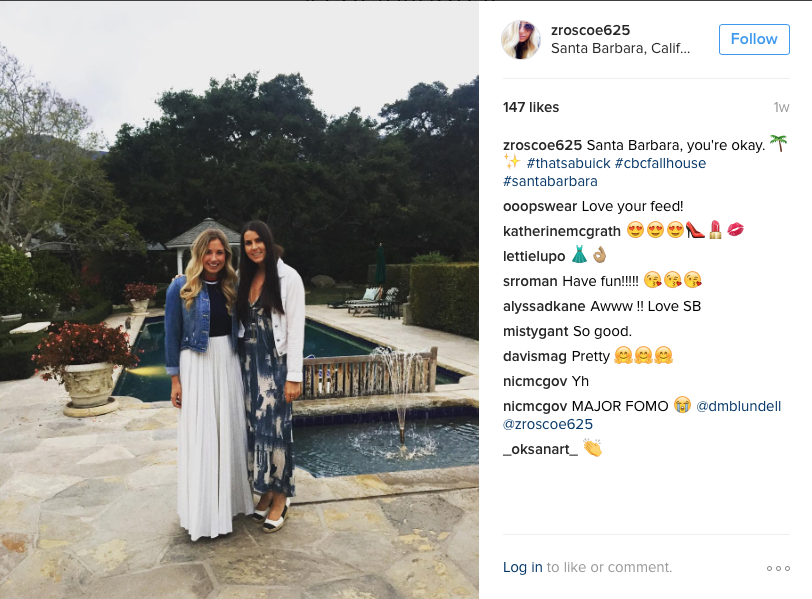
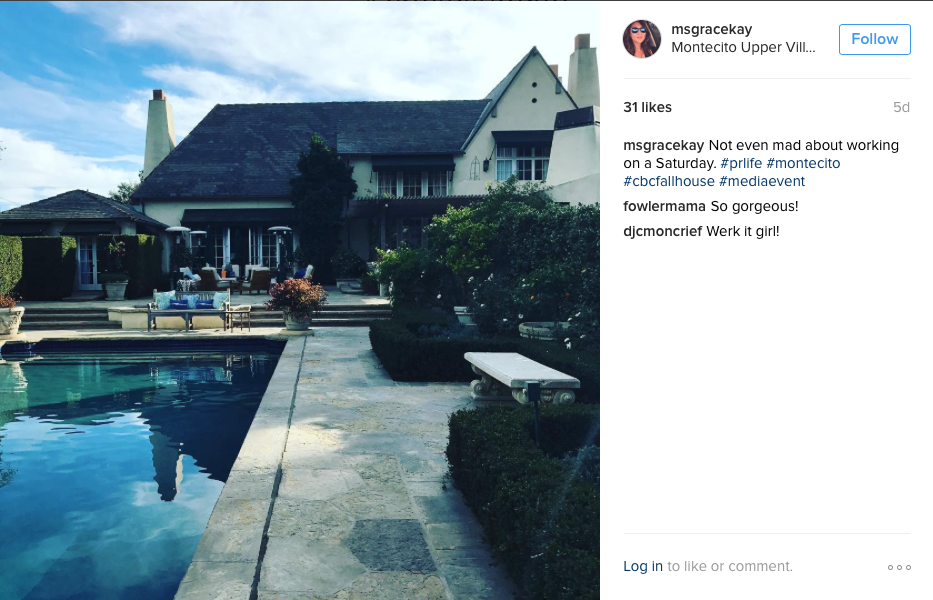
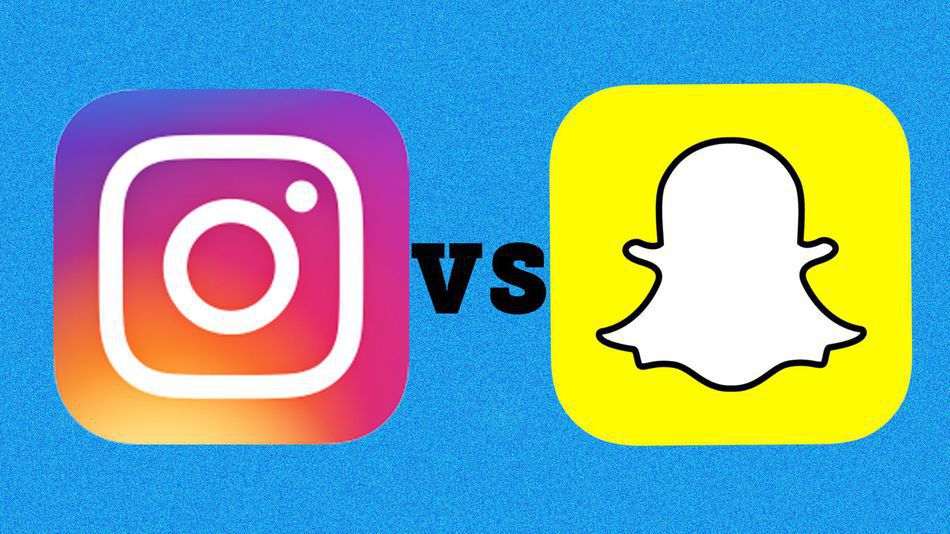
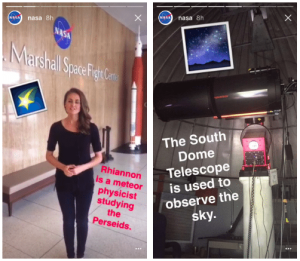




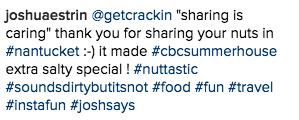
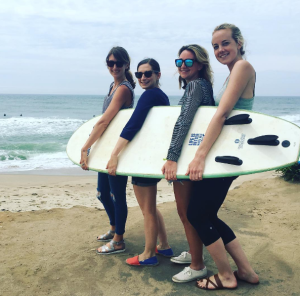


 The following morning included a GM breakfast followed by a Buick Scavenger Hunt, during which the editors drove around Nantucket to complete the list of items on the hunt. After their scavenger hunt they indulged in a relaxing bike ride and picnic provided by Sabra. The editors spent the night with a Miraclesuit Boat Cruise and Clambake around Nantucket. The last day in Nantucket would finish off with a Vital Proteins Smoothie breakfast and a Barre workout at Studio Nantucket.
The following morning included a GM breakfast followed by a Buick Scavenger Hunt, during which the editors drove around Nantucket to complete the list of items on the hunt. After their scavenger hunt they indulged in a relaxing bike ride and picnic provided by Sabra. The editors spent the night with a Miraclesuit Boat Cruise and Clambake around Nantucket. The last day in Nantucket would finish off with a Vital Proteins Smoothie breakfast and a Barre workout at Studio Nantucket.










